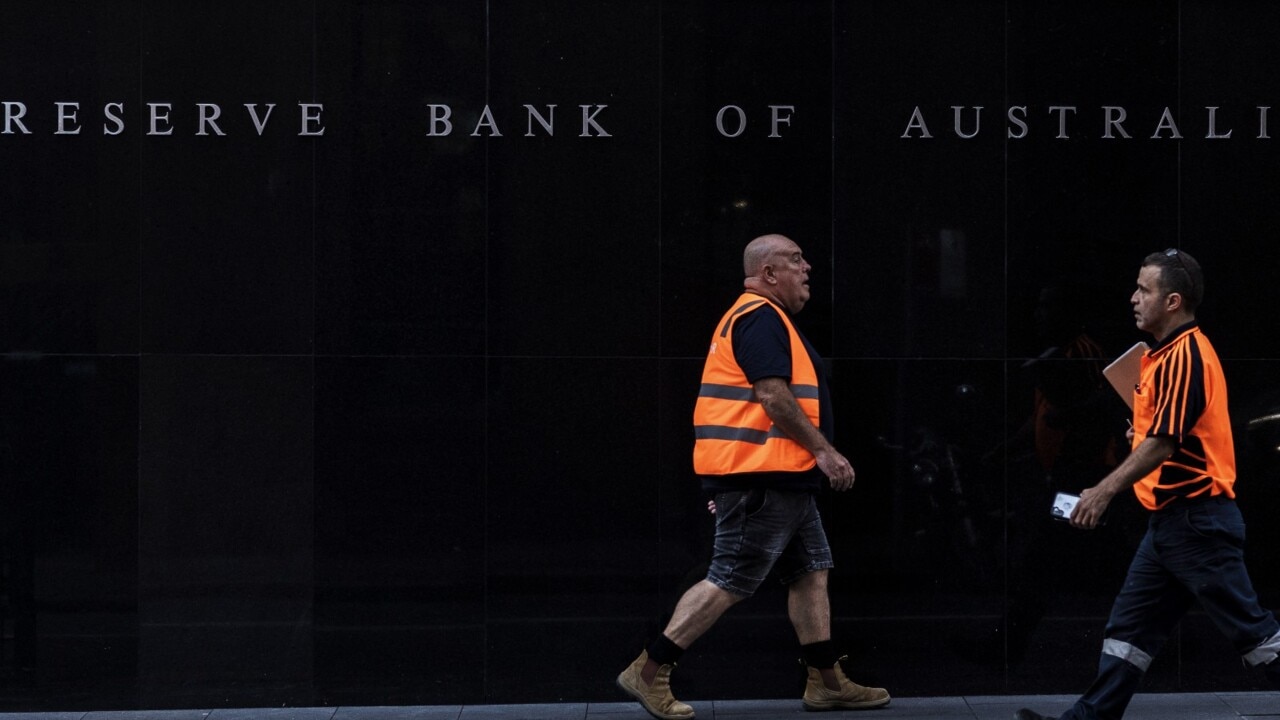Heritage and People’s Choice boss Peter Lock warns on serviceability buffers
The boss of Australia’s largest mutual bank, Peter Lock, says rival banks should not be given a free pass to lower serviceability buffers for borrowers.

Heritage and People’s Choice boss Peter Lock has warned that rival banks should not be given a free pass to lower serviceability buffers for borrowers.
Speaking as the merged mutual celebrated 120 days since its mega deal, Mr Lock said there were plans for new offices and systems to support its expansion.
The merger in March of Adelaide-based People’s Choice and Toowoomba-headquartered Heritage Bank produced the biggest mutual bank in the country. With a combined $23bn in assets, the new bank is aiming to take business from the majors and hold on to a big book of borrowers who took loans at pandemic lows.
Mr Lock, the chief executive of the combined bank which will be renamed, said the mega-merger would not have worked if the two financiers did not have such similar cultures.
“That’s very deep banking experience and deep experience of people who’ve gone through these types of mergers before,” he said.
“Everybody is committed to the vision we have. There’s no siloed type of behaviour, no protection of their patch.”
Mr Lock said the new bank planned to build a state-of-the-art office in Toowoomba CBD and roll out new technology to replace dated systems.
But Mr Lock said working from home, or at least another office, was here to stay.
The merged bank will boast offices in Adelaide, Brisbane and Toowoomba.
“We believe in flexibility. We want to attract really good people and protect the people already working here,” he said.
“We want to embed it so people see this is a flexible workplace and a really great place to work.”
Mr Lock said the technology transition would not be quick, with a three year plan in the works. Heritage and People’s Choice would be built around a single Fiserv system backed by a Salesforce customer management program, he said.
“This is courageous – a lot of banks haven’t done this,” he said.
“We’ve chosen very, very good platforms that are well recognised and have deep support.”
Mr Lock said changes to the fee structure of the two banks were being rolled out, with a number of charges being dumped.
He said some fees were being removed because of fairness.
“We want to concentrate on what we do best, which is mortgage lending to mums and dads,” he said. “We’ll stick to our knitting which makes it easier to have systems that are robust.”
But Mr Lock said the bank would not backslide on serviceability levels, which were currently under review in other banks.
Mr Lock said the responsible lending levels from the Australian Prudential Regulation Authority, which require banks to assess borrowers at a product rate plus three per cent, ensured borrowers didn’t get into trouble.
“The buffer should only really be reviewed when you’ve got a firm view of what the terminal cash rate is,” he said.
“If 4.1 per cent is the current and you think there’s a few more moves then it’s not the time to reassess what the buffer should be.”
Several major banks have moved to lower their serviceability levels as more customers found they were unable to refinance after taking out large loans at low rates during the pandemic.
“There’s got to be strict requirements if you assess at 1 per cent plus,” he said.
“If the majors are doing that it creates the potential of an unlevel playing field again.”







To join the conversation, please log in. Don't have an account? Register
Join the conversation, you are commenting as Logout